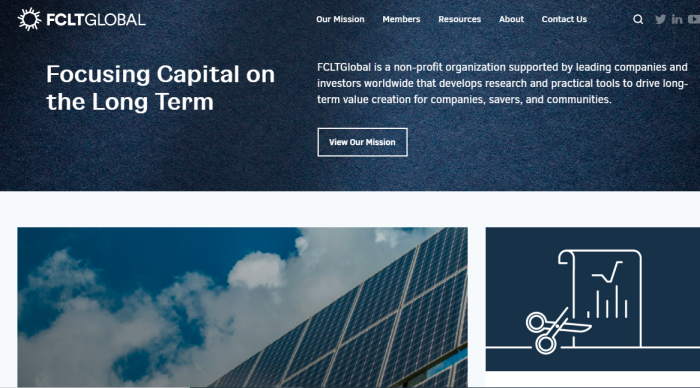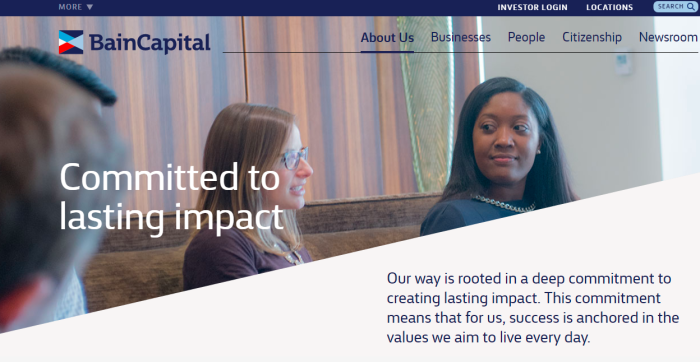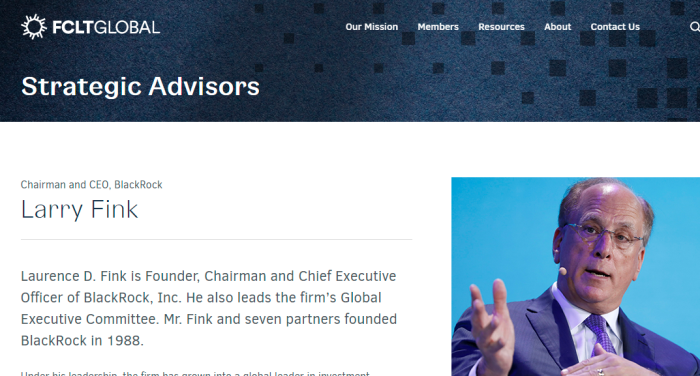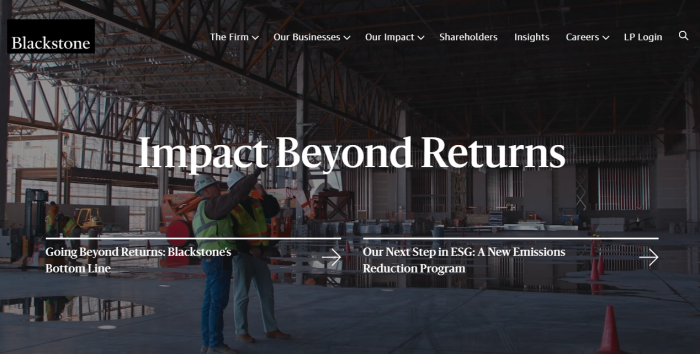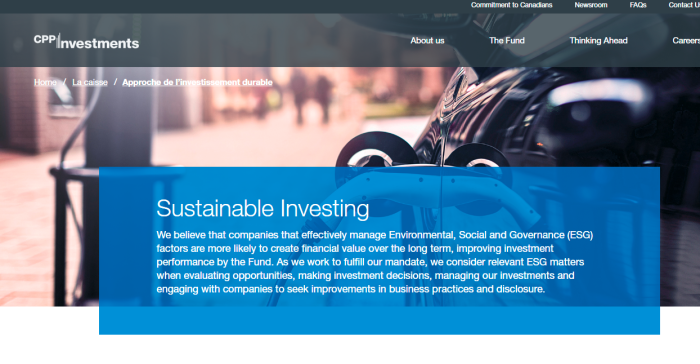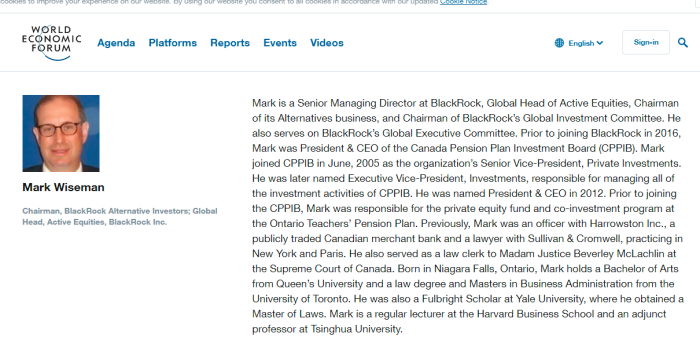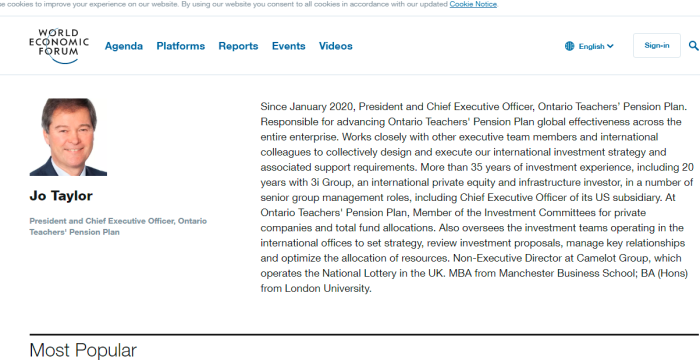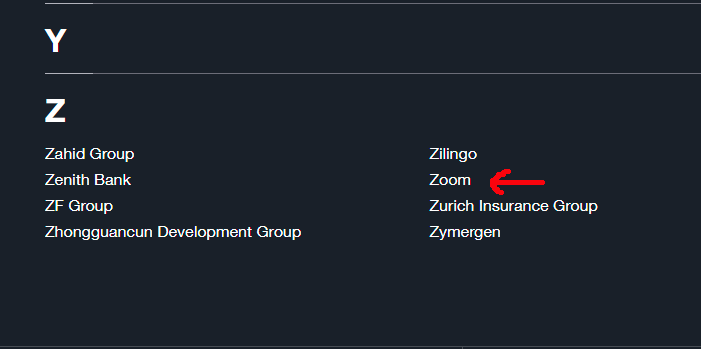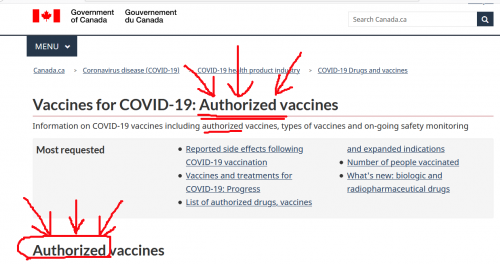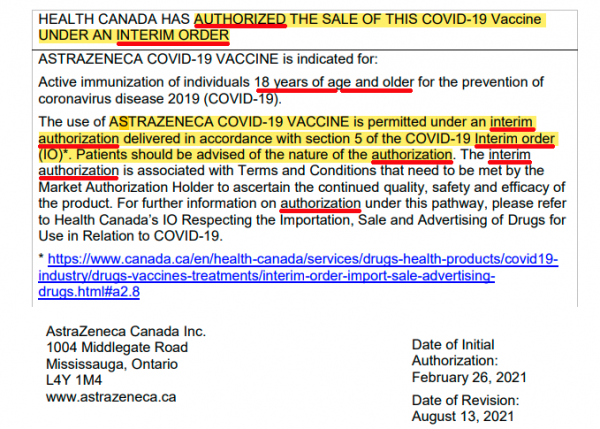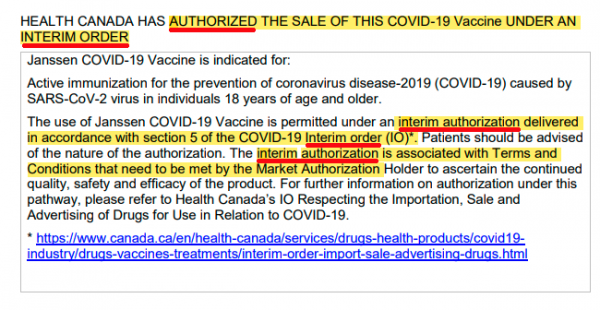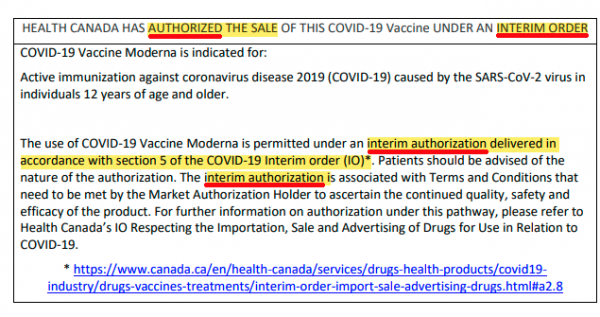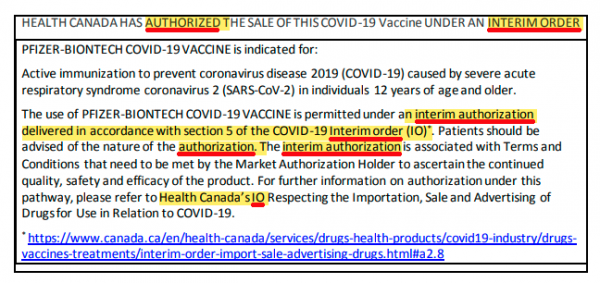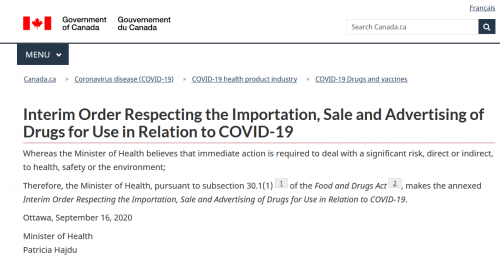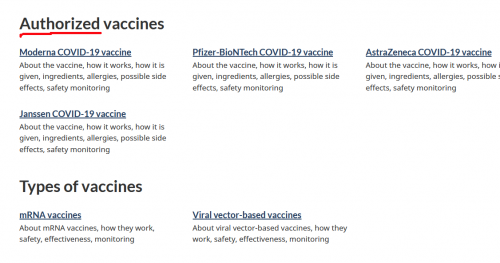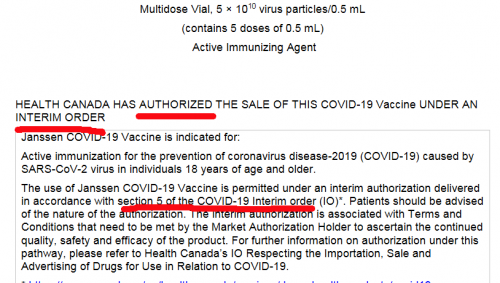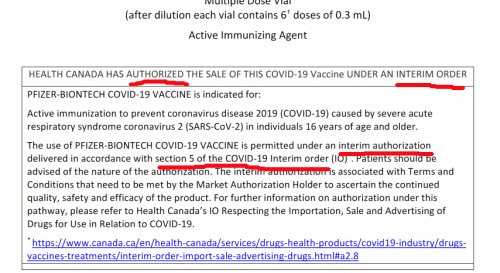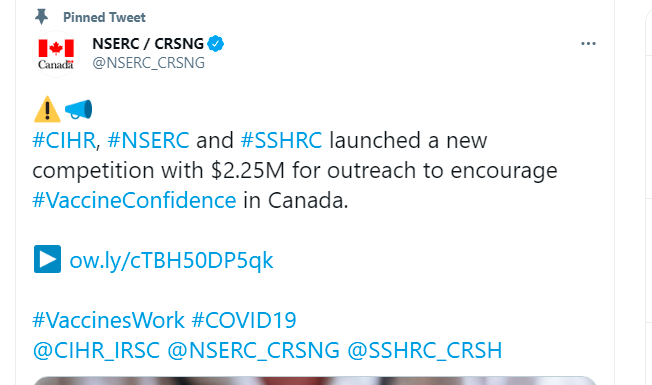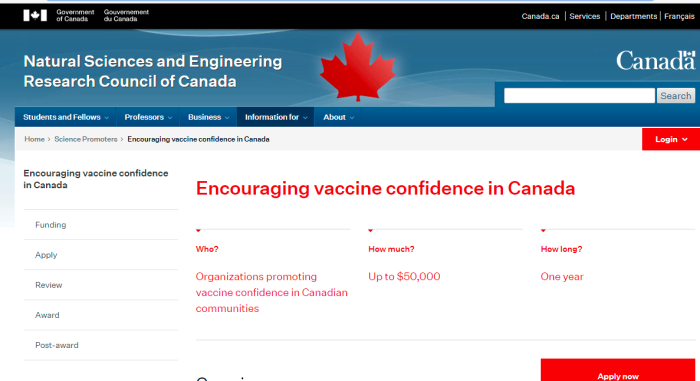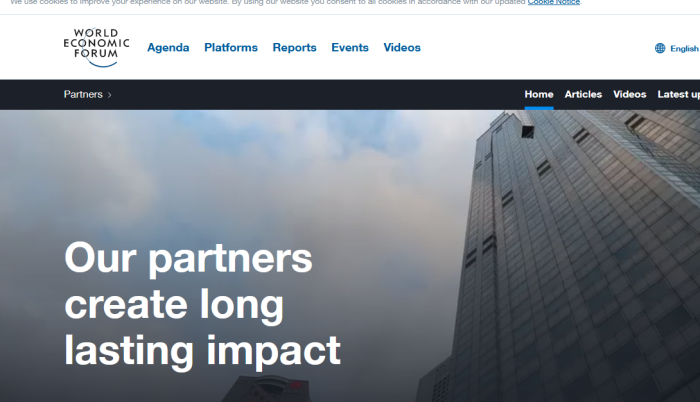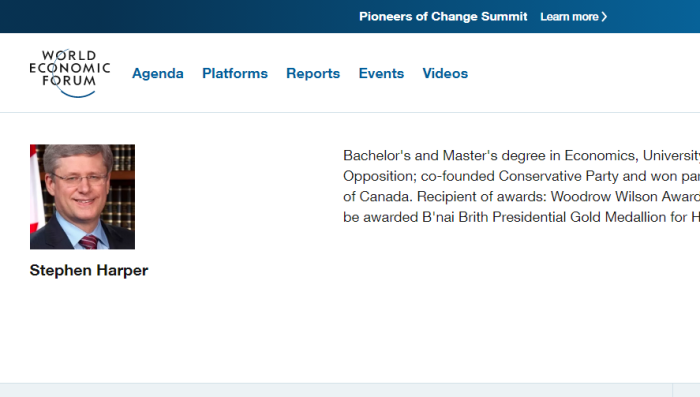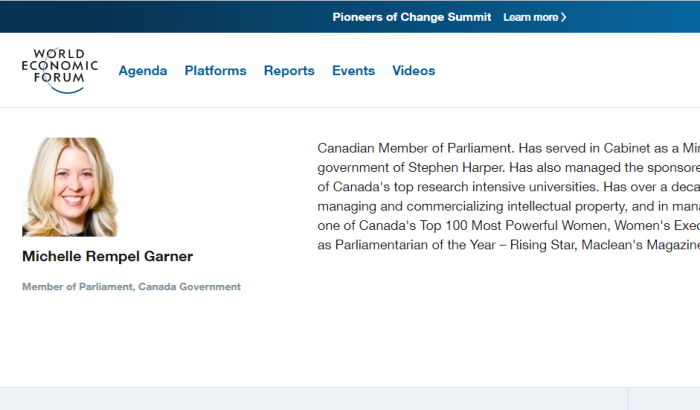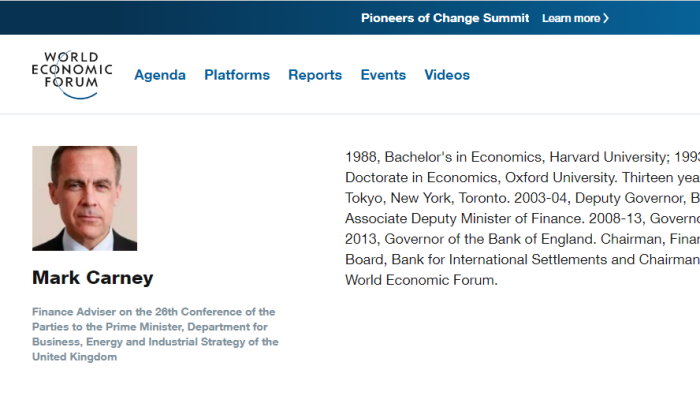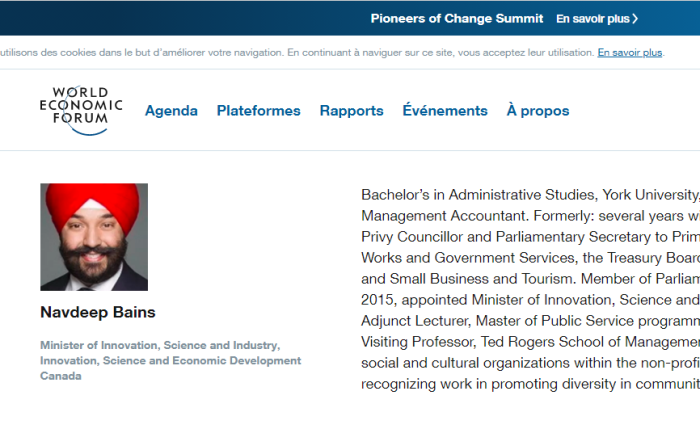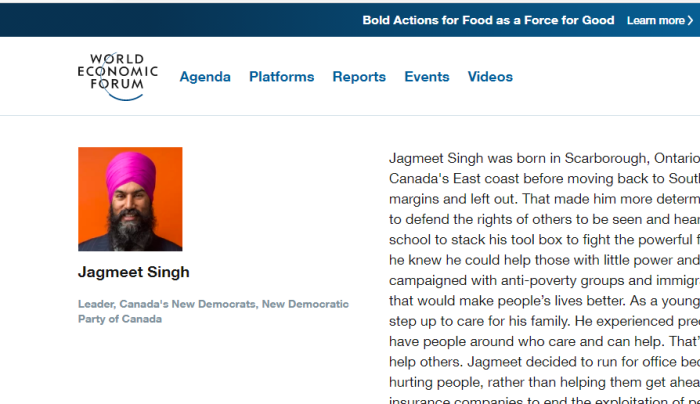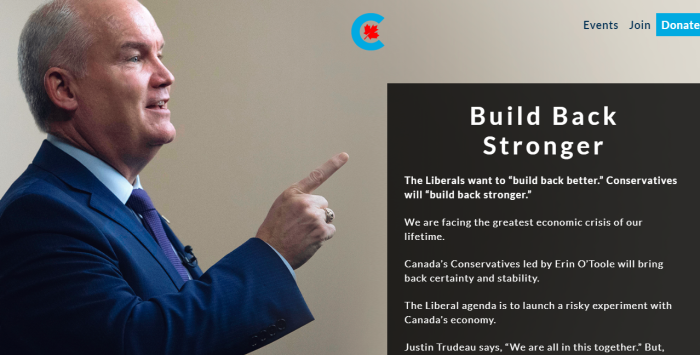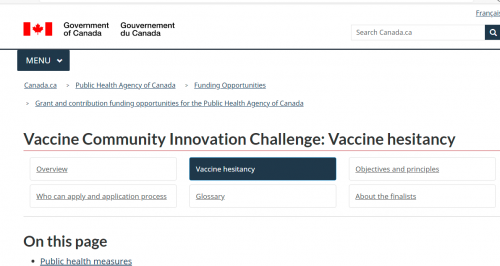
It’s getting harder and harder to conceal the real harm that these “vaccines” can do to people. As such, the Canadian Government pours taxpayer money into many programs to convince the public that nothing is wrong. It’s targeted advertising, under a thin veil of “science”. These initiatives are worth millions of dollars.
1. Vaccine Community Innovation Challenge
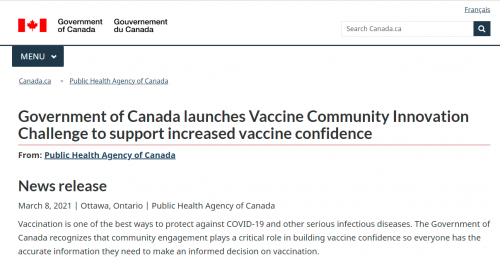
Vaccination is one of the best ways to protect against COVID-19 and other serious infectious diseases. The Government of Canada recognizes that community engagement plays a critical role in building vaccine confidence so everyone has the accurate information they need to make an informed decision on vaccination.
To this end, the Minister of Health, the Honourable Patty Hajdu, announced today the launch of the Vaccine Community Innovation Challenge.
Under the Challenge, individuals and/or groups are invited to propose creative ideas for communications campaigns that will reach groups within their communities who have been disproportionately impacted by the COVID-19 pandemic. Twenty finalists will be chosen by an expert panel and given $25,000 to develop their ideas and launch their campaigns. A grand prize of $100,000 will be awarded to one winner at the end of the Challenge period to reinvest in the protection and promotion of public health in their community.
Community-driven engagement can more effectively influence vaccine confidence among communities who are underserved and have been disproportionately impacted by COVID-19. The Challenge encourages people to help spread the word about COVID-19 vaccines and increase vaccine confidence through creative, community-driven and culturally sensitive means.
Vaccination saves lives and helps prevent and control the spread of serious infectious diseases. To keep Canadians safe from COVID-19 and other diseases, the Government of Canada works with partners and communities to foster confidence in vaccination by increasing access to reliable, accurate and timely information about vaccines, and by supporting communities to help spread the word in their own voices and through people they trust.
The Federal Government is handing out 20 grants of $25,000 each, which a further $100,000 available to the “winner”. The point of these grants, like the others, is to hire people to act to promote the Government message of vaccination. By using members of select groups, it is hoped that this will build trust and compliance in an agenda that would no otherwise be possible.
2. Immunization Partnership Fund
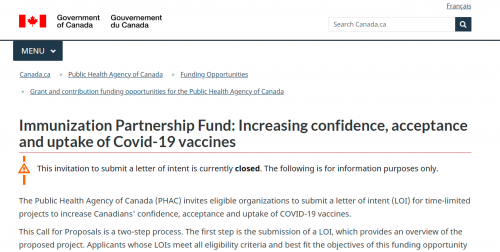
Vaccine hesitancy and the spread of misinformation about vaccines has also been a persistent challenge for many years and has been amplified in recent years by digital social platforms. Instilling confidence in COVID-19 vaccines may be particularly challenging given the spread of misinformation related to these vaccines. Engendering trust, confidence and acceptance will require innovative approaches.
The COVID-19 vaccination campaign is the largest mass vaccination campaign ever undertaken. As such, it presents an opportunity to identify and address longstanding systemic barriers to vaccination – including acceptance and uptake of vaccines beyond those that prevent COVID-19. New and reimagined interventions are required to develop or expand tools, education, and supports for healthcare providers as well as strategies and resources to support community-driven solutions. There is no “one size fits all” solution, and a multifaceted approach, grounded in Canada’s diversity, is crucial for reaching all Canadians.
Cultural safety
Promoting and improving cultural safety involves the understanding of social, political and historical contexts to design policy, research and practice that are physically, mentally, emotionally and spiritually safe. Applicants must demonstrate knowledge and understanding of cultural factors relevant to their project, and integrate cultural safety into the proposed project’s design, implementation and evaluation.
Section 5: Funding amount and duration
The total annual funding envelope for this program is approximately $9 million per year. The value of funding per project is a minimum of $100,000 total to a maximum of $500,000.
.
Projects should be a minimum of one year. All projects must conclude by March 31, 2023.
<
p style=”padding: 2px 6px 4px 6px; color: #555555; background-color: #eeeeee; border: #dddddd 2px solid;”>
Applicants will be assessed on their ability to leverage in-kind and financial contributions that will contribute to the project’s development and implementation. A specific matched funding ratio is not required. Applicants will be required to demonstrate that these contributions are secured if invited to submit a full proposal.
This is actually a much larger program. $9 million annually will be available, in denominations of between $100,000 and $500,000 each. The idea is much the same: convince particular groups of Canadians that mass vaccination is good.
Note: this isn’t work done to ENSURE that vaccines are safe and reliable. Instead, this is work to CONVINCE people that they already are.
3. Ottawa Spending $64 Million On Programs
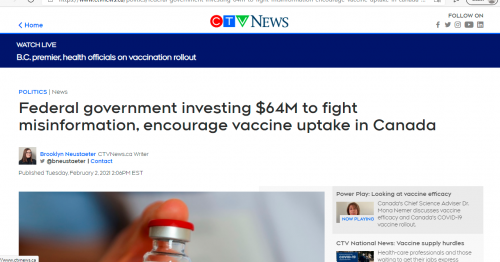
TORONTO — The federal government is investing $64 million in COVID-19 vaccine education campaigns to help combat vaccine hesitancy and misinformation in Canada, while also encouraging Canadians to get the shot.
Minister of Health Patty Hajdu said in a press release on Tuesday that the investment, through the Immunization Partnership Fund (IPF), will increase public access to “reliable, accurate and timely information about vaccines.” She says this will help ensure Canadians “make informed and confident vaccine choices for themselves and their families.”
“Vaccines are an important and effective way to protect Canadians and stop the spread of COVID-19. Working with our partners, we will make sure that Canadians have the latest information about how and when they can get vaccinated, but also why they should get vaccinated,” Hajdu said in the release.
According to the release, the funding includes $30.25 million for “community-led projects” that will work to increase vaccine confidence by addressing “gaps in knowledge, attitudes and beliefs related to vaccination.”
The federal government said the funding will also be used to develop “tailored, targeted tools and educational resources” to raise vaccine awareness for COVID-19 and other diseases.
In addition, the funds will support local efforts to address community barriers to access and acceptance of vaccines.
This isn’t just a top-down program from Ottawa. The Federal Government will be dispensing millions of dollars for Provincial and Municipal programs to convince people that the vaccines are needed. Whenever supposed independents are pushing for the gene replacement, you have to wonder if they are receiving funding.
4. Important Links, Research
Vaccine Community Innovation Program
https://archive.is/5grnW
Immunization Partnership Fund Of Canada
https://archive.is/j5rIC
Ottawa Spending $64 Million On Various Programs
https://archive.is/WDTkN
RE: CANUCK LAW ON “VACCINE HESITANCY”
(A) Canada’s National Vaccination Strategy
(B) The Vaccine Confidence Project
(C) More Research Into Overcoming “Vaccine Hesitancy”
(D) Psychological Manipulation Over “Vaccine Hesitancy”
(E) World Economic Forum Promoting More Vaccinations
(F) CIHR/NSERC/SSHRC On Grants To Raise Vaccine Uptake
(G) $50,000 Available — Each — For Groups To Target Minorities
RE: CANUCK LAW ON MEDIA SUBSIDIES, DONATIONS
(a) Subsidization Programs Available For Media Outlets (QCJO)
(b) Political Operatives Behind Many “Fact-Checking” Groups
(c) DisinfoWatch, MacDonald-Laurier, Journalists For Human Rights
(d) Taxpayer Subsidies To Combat CV “Misinformation”
(e) Postmedia Periodicals Getting Covid Subsidies
(f) Aberdeen Publishing (BC, AB) Getting Grants To Operate
(g) Other Periodicals Receiving Subsidies
(h) Still More Media Subsidies Taxpayers Are Supporting
(i) Media Outlets, Banks, Credit Unions, All Getting CEWS



